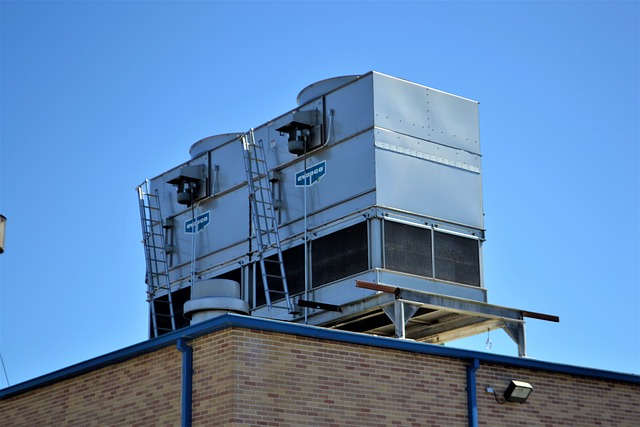A Flat Roof Inspection in Peterborough, ON, is essential for maintaining structural integrity and preventing costly repairs. It involves meticulously checking the membrane, decking, gutters, drains, and scuppers for damage from UV exposure, extreme weather, foot traffic, and water flow obstructions. Professionals require specialized equipment and a detailed checklist to ensure thorough inspection, even in complex areas. The process includes wearing safety gear, verifying access, visually assessing the roof's condition, inspecting drainage systems, documenting findings, and creating reports with recommendations for routine maintenance or immediate repairs.
“Ensure the longevity and safety of your property’s flat roof with a meticulous inspection in Peterborough, ON. This comprehensive guide navigates you through every aspect of flat roof inspections, from understanding their unique structure and common issues to the essential tools and safety precautions needed.
Learn a step-by-step approach to identify key problem areas, document findings, and recommend repairs or maintenance. Optimize your inspection process with this definitive resource for Flat Roof Inspection Peterborough ON.”
- Understanding Flat Roofs: Essential Components and Common Issues in Peterborough ON
- Preparing for the Inspection: Safety Measures and Tools Required
- Step-by-Step Guide to Conducting a Thorough Flat Roof Inspection
- Key Areas to Focus On During the Assessment
- Post-Inspection: Documenting Findings and Recommending Repairs or Maintenance
Understanding Flat Roofs: Essential Components and Common Issues in Peterborough ON
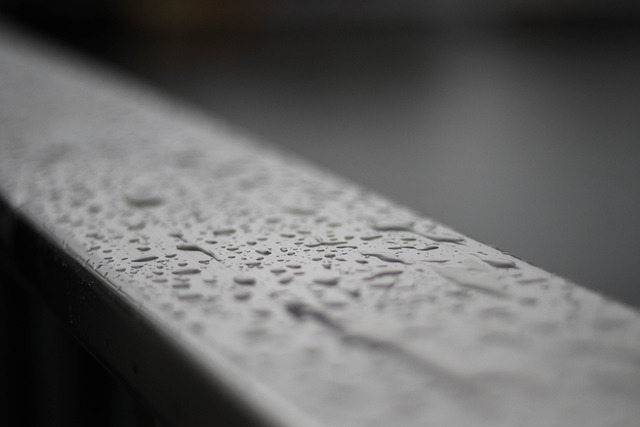
Flat roofs are a prevalent feature in Peterborough, ON, and understanding their unique characteristics is vital for conducting effective inspections. These low-sloped roofing systems offer practical and aesthetic benefits but also present specific challenges that inspectors must be adept at recognizing. One of the primary components to assess during a Flat Roof Inspection Peterborough ON is the membrane or decking. This crucial layer, often made of asphalt or PVC, is susceptible to damage from UV exposure, extreme temperatures, and foot traffic, leading to issues like cracks, blisters, or delaminations.
Another essential element is the drainage system. Proper water flow is critical to preventing damage caused by ponding water. Inspectors should look for well-maintained gutters, drains, and scuppers, ensuring they are free from debris and in good working order. Common issues in Peterborough’s climate include ice damming during winter, which can overload drainage systems, and intense rainfall events that may cause overflow. Identifying these potential problems early on is key to mitigating significant repairs.
Preparing for the Inspection: Safety Measures and Tools Required
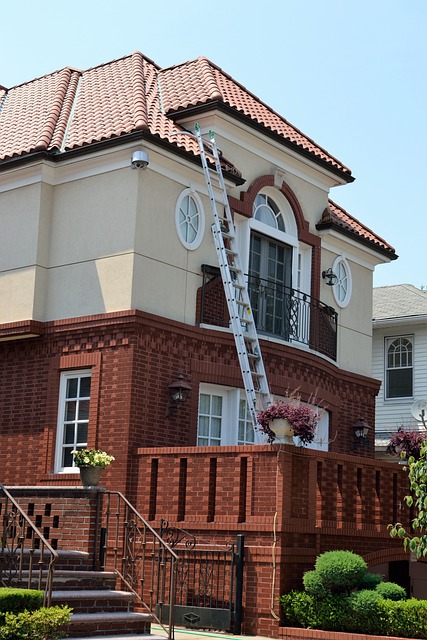
Preparing for a flat roof inspection in Peterborough, ON, demands a meticulous approach and the right tools to ensure accuracy and safety. Before embarking on any assessment, professionals should gather essential equipment, including high-quality torches or flashlights, a thorough set of ladders suitable for various roof heights and angles, and digital cameras with zoom capabilities. Safety is paramount; therefore, hard hats, protective eyewear, and sturdy gloves are non-negotiable. Proper clothing, such as reflective vests, should be worn, especially if the inspection involves navigating complex or elevated areas.
Additionally, creating a detailed checklist tailored to flat roof inspections is vital. This should include verifying the structural integrity of the roof, inspecting for signs of water damage, checking the condition of the flashing and drainage systems, and assessing any potential weaknesses in the materials used. A well-prepared inspector will also account for weather conditions, ensuring that the inspection is conducted during optimal visibility and avoiding hazardous circumstances.
Step-by-Step Guide to Conducting a Thorough Flat Roof Inspection
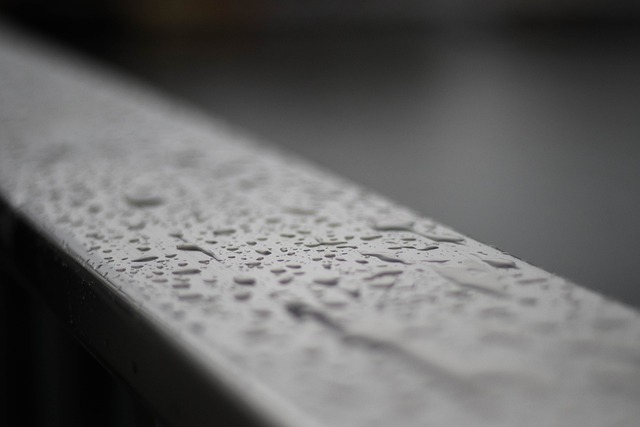
Conducting a meticulous flat roof inspection in Peterborough, ON, involves several crucial steps to ensure the structural integrity and longevity of the roofing system. Here’s a step-by-step guide to help professionals navigate this process with precision focus.
Begin by donning appropriate safety gear, including a hard hat, high-visibility vest, and sturdy footwear. Next, thoroughly inspect the roof’s access points and ensure they are secure and safe for entry. Once on the roof, visually examine the overall condition of the flat roof, looking for any signs of damage, missing or damaged shingles, or evidence of water intrusion. Check for proper drainage by inspecting downspouts, gutters, and scuppers to ensure water is efficiently diverted away from the building. Use a flashlight or inspection camera to peer into hard-to-reach areas and identify potential issues like hidden damage or moisture buildup behind the roof decking. Document findings with detailed notes and high-quality images for reference during repairs or maintenance.
Key Areas to Focus On During the Assessment
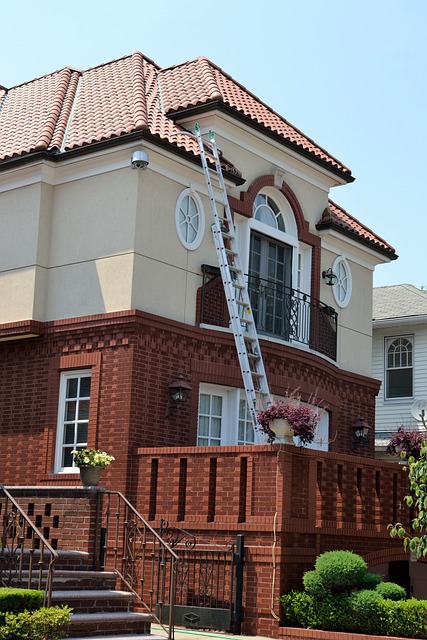
When conducting a flat roof inspection in Peterborough, ON, professionals should pay meticulous attention to several critical areas to ensure comprehensive coverage and identify potential issues early on. The first key area is the roof membrane. This is the primary protective barrier against weather elements and leaks. Inspectors should look for signs of wear, tears, blisters, or delaminations in the membrane. Also, check for proper sealing at all joints, flashing, and drains to ensure water cannot penetrate through these vulnerable points.
Another crucial focus is drainage systems. Flat roofs require effective drainage to divert water quickly and prevent pooling, which can lead to structural damage over time. Examine the condition of scuppers, downspouts, and gutters, ensuring they are clear of debris and functioning optimally. Look for any blockages or misalignments that may hinder proper water flow. Additionally, inspect the roof’s edge details and valleys, where water accumulation is more likely to occur, for signs of damage or neglect.
Post-Inspection: Documenting Findings and Recommending Repairs or Maintenance

After a meticulous flat roof inspection, documenting the findings is an essential step in the process. It involves creating a comprehensive report that details any issues discovered during the assessment, such as damaged or missing shingles, signs of leaks, or structural weaknesses. This documentation serves as a valuable record for both homeowners and professional contractors, providing clear evidence to support future discussions on repairs or maintenance.
In terms of recommendations, the report should suggest appropriate actions based on the findings. For minor issues, routine maintenance might be advised, while more significant problems may require immediate repair or replacement. By presenting these insights, homeowners in Peterborough, ON, can take proactive measures to ensure their flat roof remains in top condition, averting potential costly repairs down the line.
Conducting meticulous flat roof inspections in Peterborough, ON, is a vital step in maintaining these structures’ longevity. By following the outlined steps, safety precautions, and focusing on key areas, professionals can identify common issues such as damage from weather exposure or poor installation. Proper documentation of findings enables effective communication with clients, ensuring they understand the condition of their flat roofs. This process ultimately facilitates informed decision-making regarding repairs or maintenance, enhancing the structural integrity and aesthetic appeal of these rooftops for years to come. For top-notch flat roof inspections in Peterborough, ON, turn to experts who prioritize precision and customer satisfaction.
